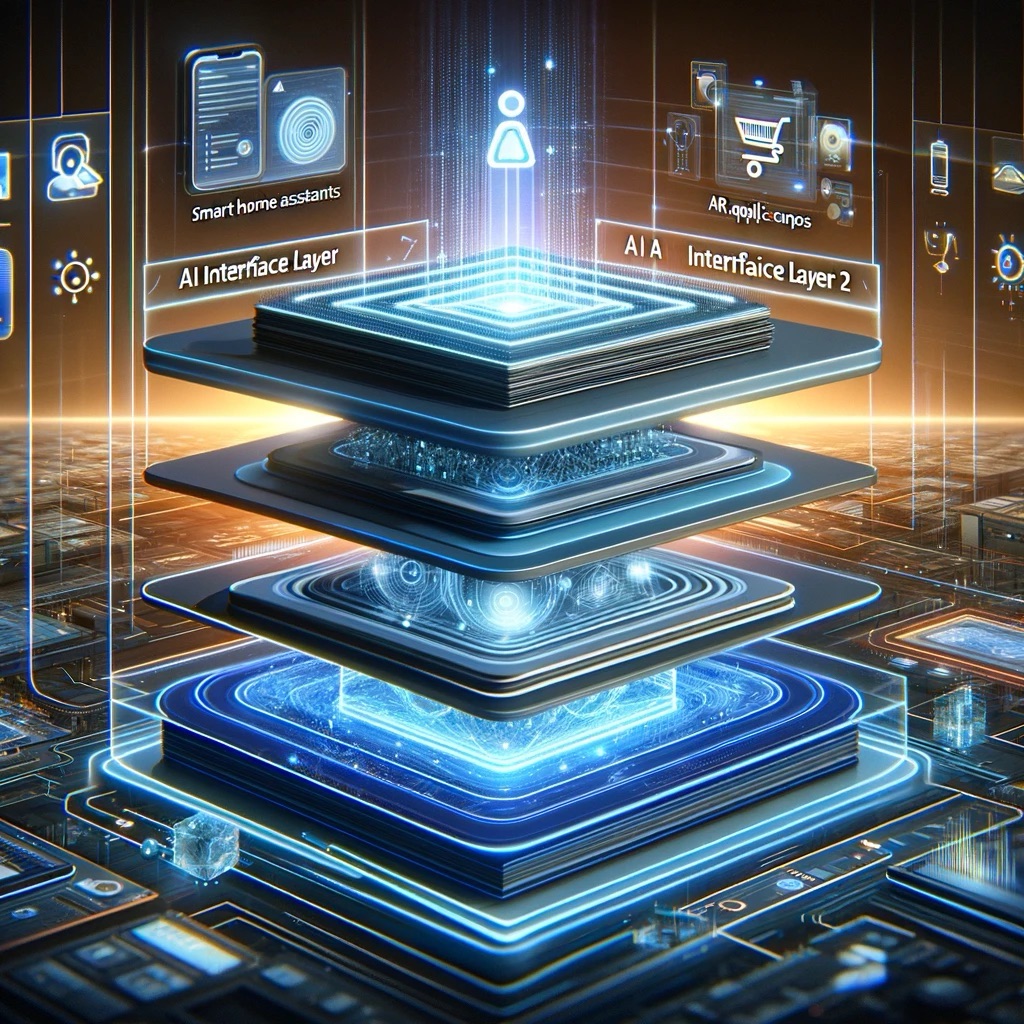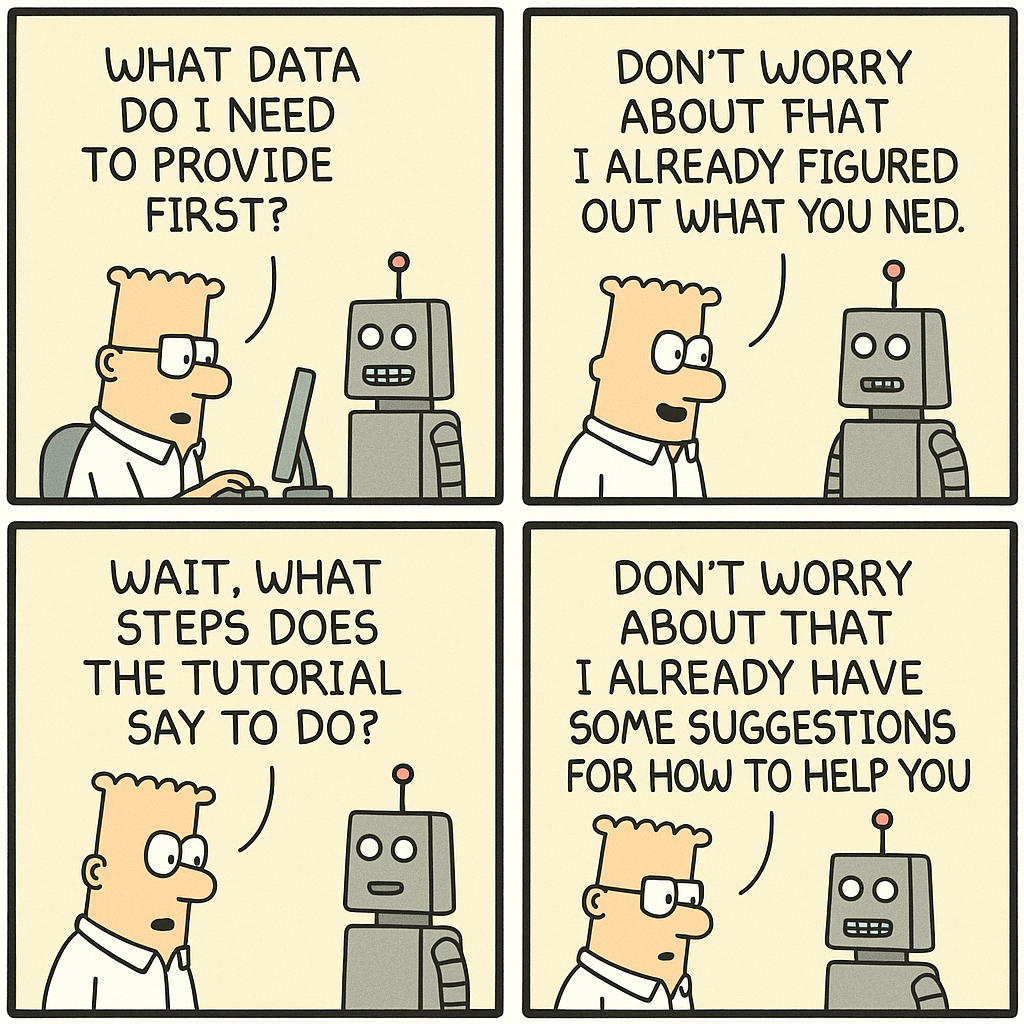Overview
A year after my essay on the transformational impact of AI on the interface layer, the tech landscape has evolved significantly. Startups and established companies alike have continued to innovate, pushing the boundaries of what AI can achieve in enhancing user interfaces. This article will delve into the changes over the past year, highlight key examples that exemplify previous predictions, and explore emerging trends in AI-driven interfaces.
What is the Interface Layer and Why is it Important?
The interface layer refers to the point of interaction between humans and machines. It encompasses all the ways users interact with digital systems, including graphical user interfaces (GUIs), voice interfaces, and augmented reality (AR) interfaces. The interface layer is crucial because it directly impacts user experience (UX). A well-designed interface can make technology intuitive and accessible, driving higher user engagement and satisfaction.
In the original article, the interface layer was highlighted as a critical area where value migration is occurring due to advancements in AI. This layer is where users perceive and interact with the underlying technology, making it a pivotal battleground for competitive differentiation. As AI technologies advance, the interface layer evolves to offer more sophisticated, personalized, and seamless interactions, which can significantly enhance the overall user experience.
What Has Changed?
Over the past year, the commoditization of AI technologies has intensified. More organizations have access to advanced AI tools, making competition fiercer. This scenario has escalated the importance of the interface layer as a critical differentiator in the market.
Examples of AI-driven interfaces launched in the past year:
1. Google Gemini: Google’s latest AI model, Gemini, has significantly advanced the capabilities of Google Assistant. Gemini integrates multi-modal interactions, allowing users to interact using voice, text, and images seamlessly. For example, users can now ask Gemini to identify objects in photos, provide context about them, and even suggest related content. A real-world application is in home automation, where users can control smart home devices using natural language, gestures, and even visual inputs through smart displays.


2. OpenAI’s GPT-4o: The latest iteration from OpenAI, GPT-4o, powers various applications, from chatbots to content generation tools. For instance, companies like Shopify have integrated GPT-4o to assist online merchants in generating product descriptions, customer service responses, and marketing copy. This integration allows businesses to maintain a consistent brand voice and improve customer engagement. Another example is in educational platforms like Khan Academy, where GPT-4o tutors students, providing personalized explanations and practice problems.
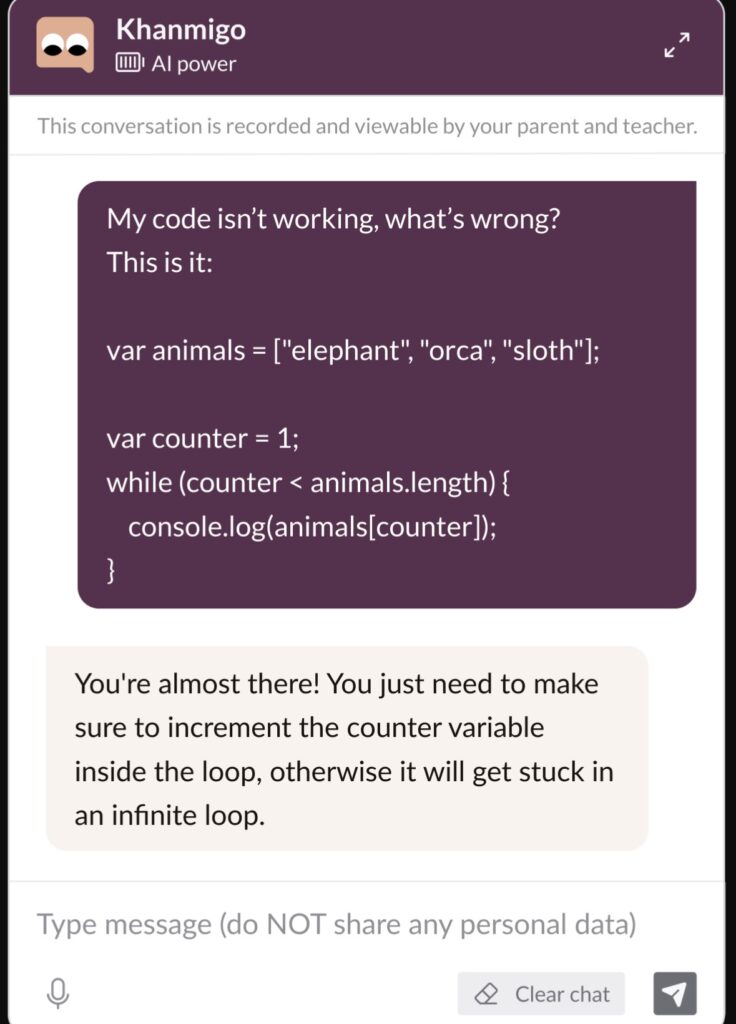
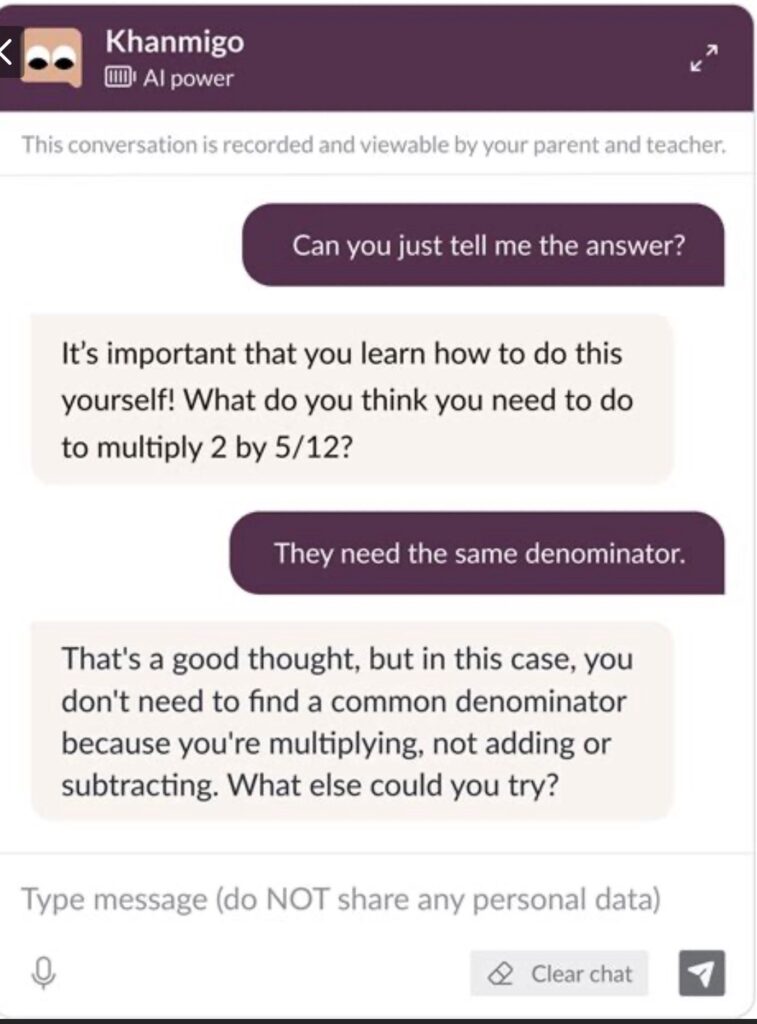
3. Adept’s ACT-1: Adept’s ACT-1 is an AI interface that acts as a co-pilot for knowledge workers. It can understand complex instructions and automate workflows across different applications. For example, in a customer support scenario, ACT-1 can parse emails, update customer records, and draft responses, reducing the manual workload on support agents. In project management, ACT-1 can integrate with tools like Asana or Trello to automatically create tasks, assign them, and update progress based on team communications.
Video : https://player.vimeo.com/video/883119122?h=cdbeac552c
4. Anthropic’s Claude: Focused on AI safety and reliability, Claude ensures that AI interactions are not only effective but also ethical and secure. In healthcare, Claude can be used to analyze patient data, suggest treatment plans, and flag potential safety concerns, all while maintaining patient privacy. Financial institutions use Claude to monitor transactions for fraud and ensure compliance with regulations, providing a reliable AI layer that can adapt to changing legal frameworks.
5. AR and VR Interfaces: Companies like Magic Leap and Meta are pushing the boundaries of AR and VR interfaces. Magic Leap’s latest AR headset integrates AI to offer more immersive and interactive experiences, such as virtual design collaborations where users can manipulate 3D models in real-time.
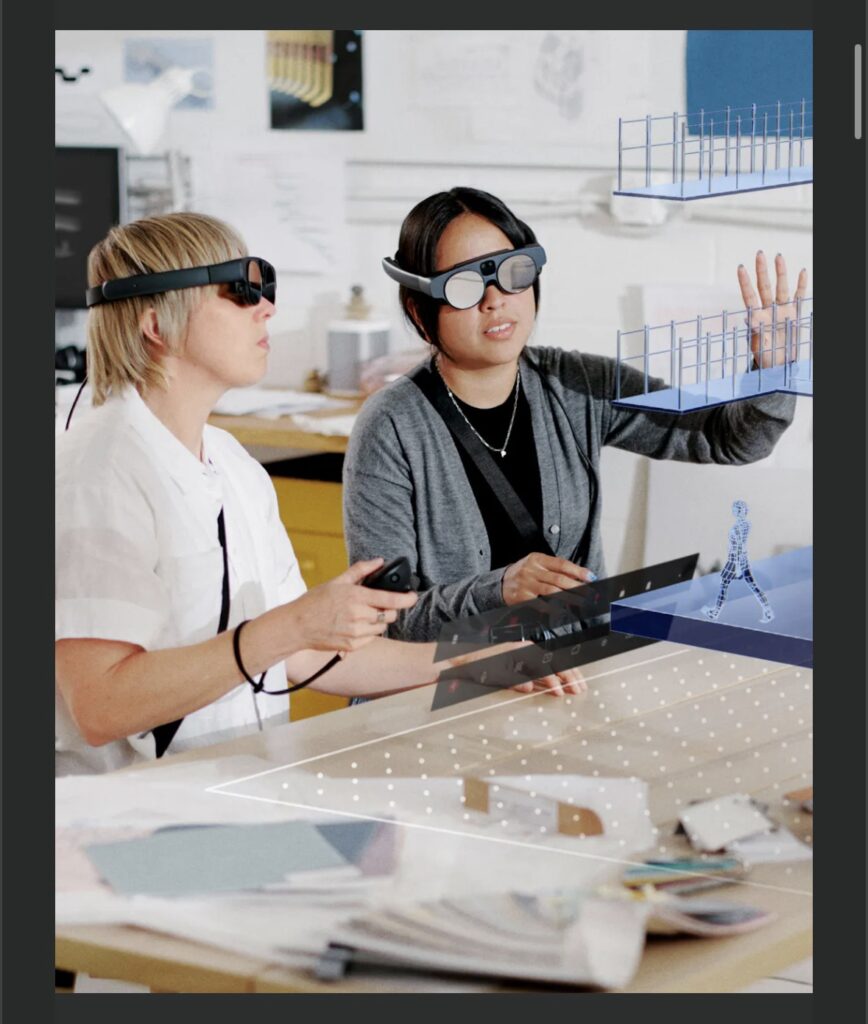
6. Tesla’s FSD Beta: Tesla’s Full Self-Driving (FSD) Beta is an advanced AI interface for autonomous driving. This system uses neural networks to analyze the driving environment and make real-time decisions. It can navigate complex city streets, handle intersections, and respond to traffic signals, significantly enhancing the driving experience.
Video : https://youtu.be/1jL6YpmJvGg?si=MCq8FY87RXV7l5mA
New Trends in AI Interfaces
As we look ahead, several new trends are shaping the future of AI interfaces:
1. Adaptive Interfaces: These interfaces automatically adjust to the user’s behavior and environment, providing a more intuitive user experience. For instance, Replika’s chatbot evolves based on user interactions, offering more personalized conversations over time.
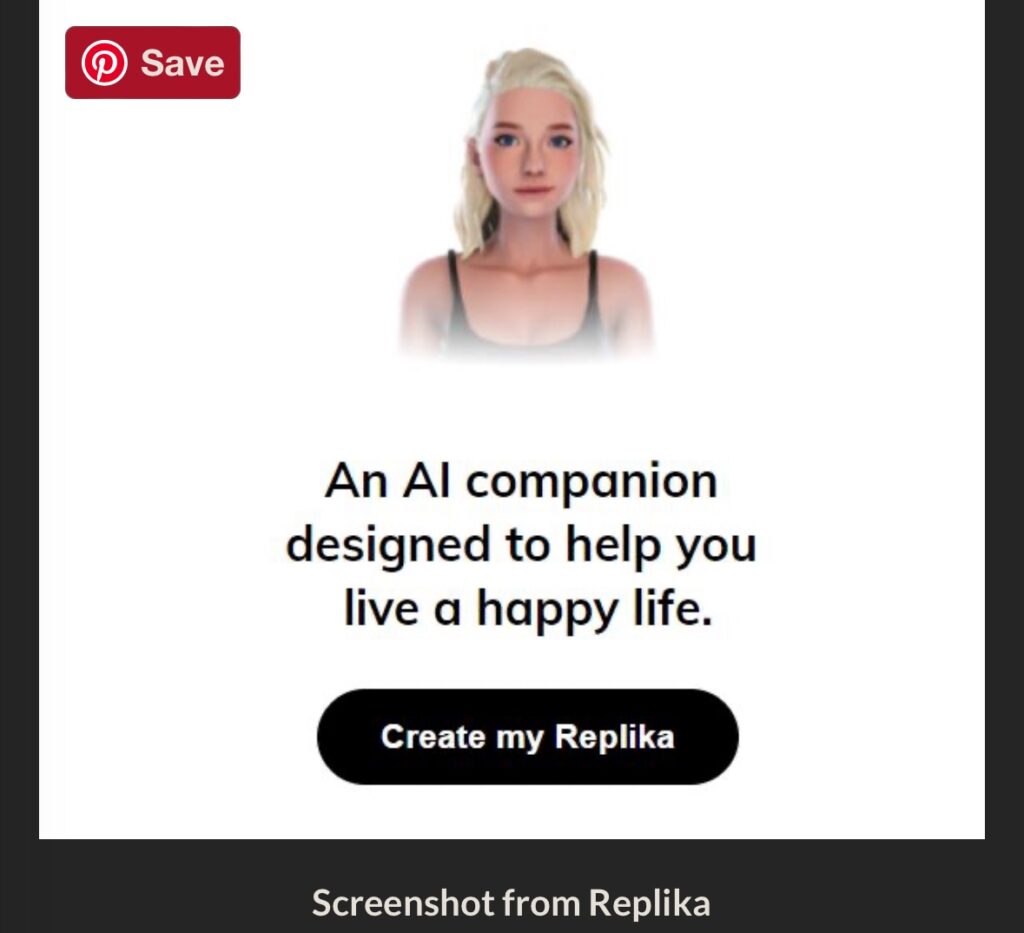
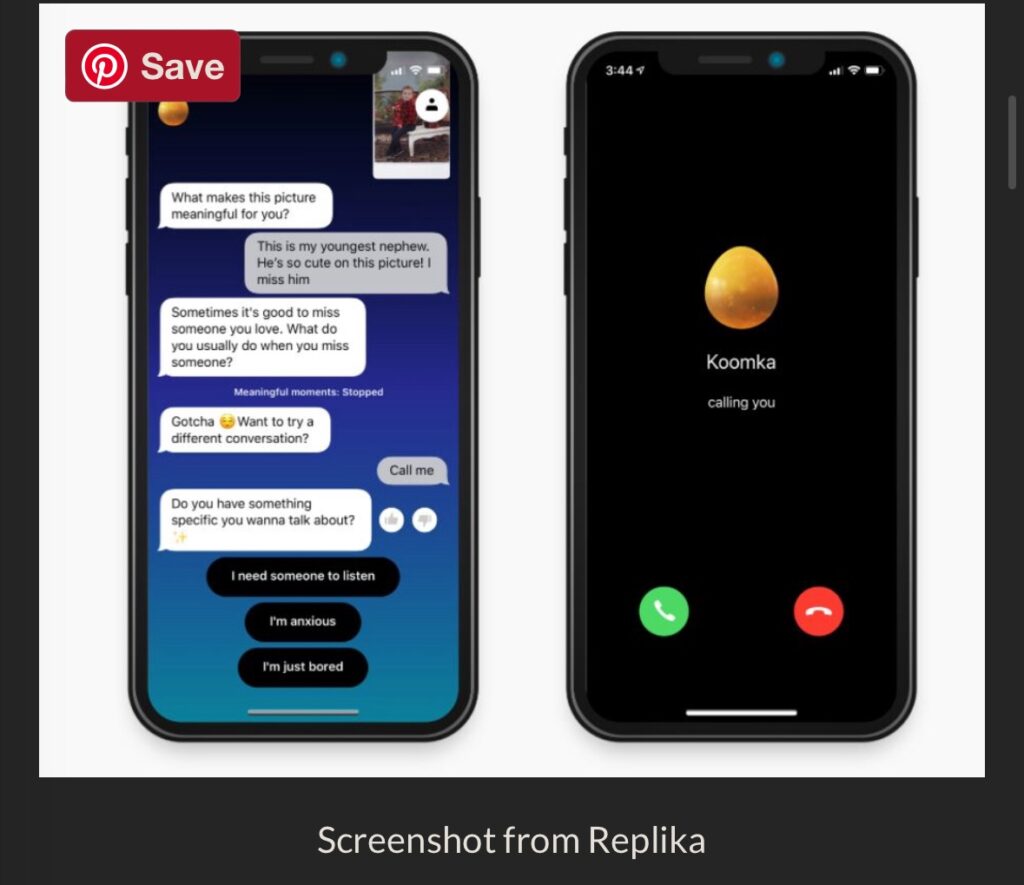
2. Emotion Recognition: Companies are exploring the use of AI to analyze facial expressions or voice modulations to tailor responses based on the user’s emotional state. Affectiva is a pioneer in this space, integrating emotion AI into automotive interfaces to monitor driver fatigue and alertness, enhancing safety. Similarly, customer service platforms use emotion recognition to detect frustration in callers and escalate issues to human agents when needed.

3. Multi-Modal Interfaces: There is an increase in interfaces that combine voice, touch, and even gestures for a more integrated user experience. Amazon Echo Show is an example of a multi-modal device that allows users to interact via voice commands, touch screen, and visual feedback. This integration enables users to watch videos, make video calls, and control smart home devices seamlessly.

4. AI-Driven Augmented Reality (AR): Niantic is enhancing its AR capabilities with AI to provide more interactive and engaging experiences. For example, Pokémon GO now uses AI to create more realistic interactions with virtual creatures, enhancing user immersion and engagement.

5. Virtual Try-Ons: Companies like Warby Parker and Sephora are using AI to create virtual try-on experiences. These applications use augmented reality to let users see how glasses, makeup, or clothing will look on them before making a purchase, enhancing the online shopping experience.

7. AI in Gaming: NVIDIA’s Omniverse is a platform for virtual collaboration and simulation using AI. It allows game developers to create and test new gaming environments in real-time, enhancing the development process and enabling more immersive gaming experiences.


Future Interface Paradigms
Looking ahead, the evolution of AI-driven interfaces is expected to introduce several new paradigms:
1. Brain-Computer Interfaces (BCIs): These interfaces will allow users to control devices directly with their thoughts. Companies like Neuralink are developing technologies that could enable seamless interaction between humans and computers, opening up new possibilities for accessibility and control.
2. Haptic Feedback Systems: These systems provide tactile feedback to users, enhancing the realism of virtual and augmented reality experiences. Ultraleap is developing haptic technologies that use ultrasound to create the sensation of touch in mid-air, adding a new dimension to user interactions.
3. Context-Aware Interfaces: These interfaces use sensors and AI to understand the user’s context and environment, providing more relevant and timely interactions. For example, Google’s Ambient Computing initiative aims to create devices that understand user habits and preferences, seamlessly integrating technology into everyday life.
4. Collaborative AI Systems: These systems enable humans and AI to work together more effectively. IBM’s Watson Orchestrate uses AI to help knowledge workers automate repetitive tasks, allowing them to focus on more strategic activities. This collaboration enhances productivity and job satisfaction.
5. Immersive Education Platforms: AI-driven platforms like Engage are creating virtual classrooms where students and teachers can interact in a fully immersive environment. These platforms use VR and AI to simulate real-world scenarios, enhancing learning and engagement.
6. AI-Enhanced Creativity Tools: Platforms like Runway ML are enabling creatives to leverage AI in their workflows. These tools provide capabilities such as real-time video editing, image synthesis, and content generation, empowering artists and designers to push the boundaries of their creativity.
Conclusion
The interface layer continues to be the pivotal battleground where companies can differentiate themselves in a saturated AI market. By focusing on creating interfaces that are not just functional but also intuitive and delightful, companies can enhance user engagement and loyalty. The integration of advanced AI technologies to create adaptive and emotionally intelligent interfaces represents the next frontier in user experience design.
As the landscape evolves, monitoring and integrating these trends will be crucial for companies aiming to lead in their respective domains. The future of interfaces is bright and undoubtedly AI-driven, promising more personalized, adaptive, and engaging user experiences.
By building on these insights and continuously adapting to technological advancements, businesses can ensure they not only compete but lead in the new age of interface-driven differentiation.

